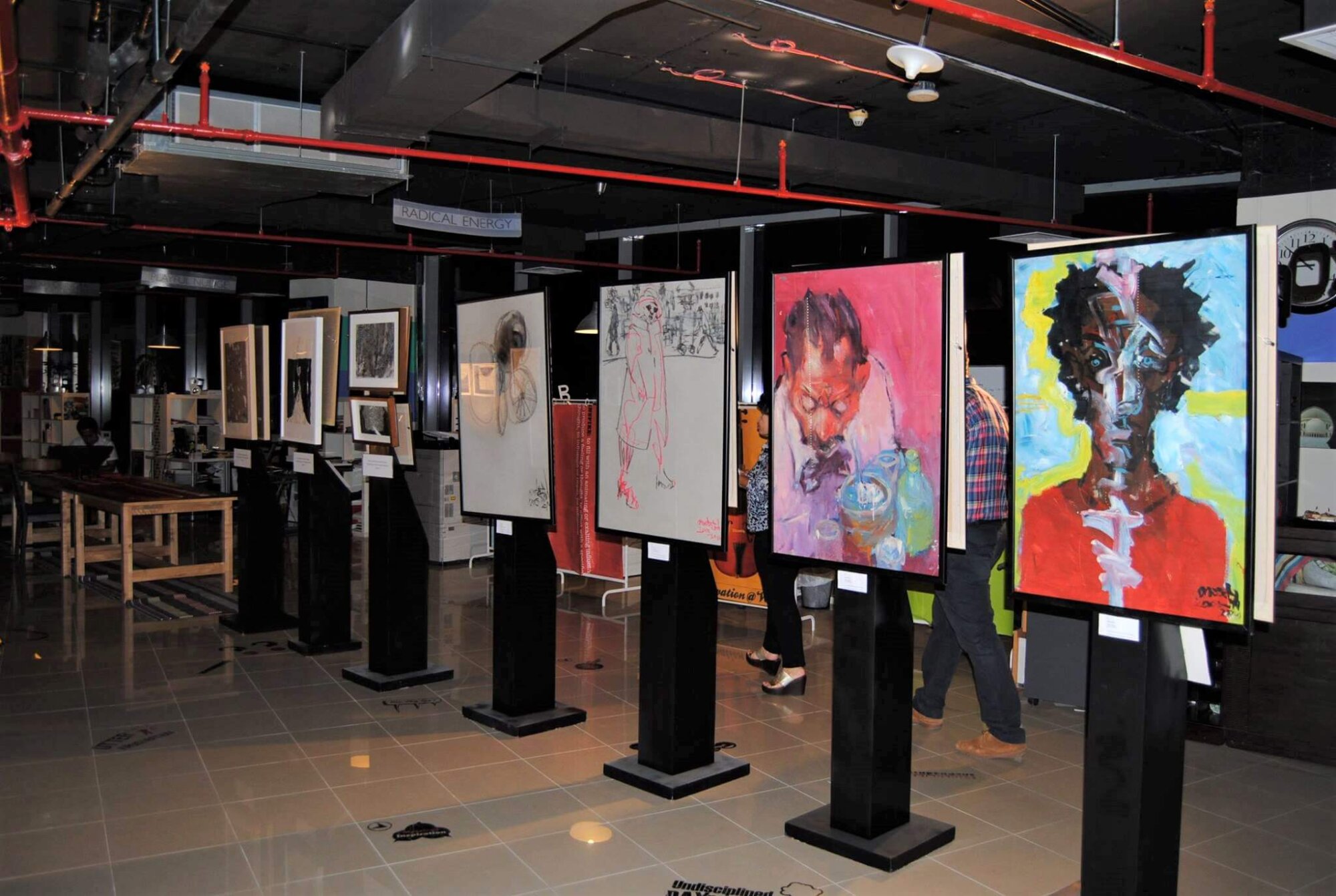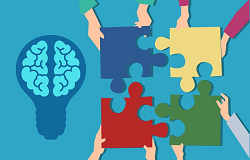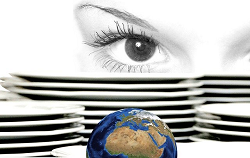Embrace the Power of One! Welcome to the Innovation Impact Community!
The Thought Leader. The Entrepreneur. The Change Agent. The Artist. The Influencer. It is that power of one individual that fuels the groundswell of positive change, commerce and innovation in our world.
We have all heard those inspiring stories about how individuals step up to the plate to initiate positive change in society. It is such individuals that kickstart an idea, initiate a cause and drive a movement. It is individuals that enrich our community with new ideas and new purpose. We have seen the phenomenon of strong willed, committed and passionate individuals who create a positive idea and set off a chain reaction of social innovation. We call this phenomenon the Innovation Impact Community.
The IIC is a coming together in brilliant and full circle of our two social platforms, Tempo magazine and our Tamakkan entrepreneurship platform. Tempo has always been about the community since its inception in August 2009. Our focus in the magazine and in www.feelyourtempo.com has always been showcasing our community’s heroes, highlighting their contributions and giving them a platform to achieve more. Tamakkan, www.tamakkan.com born in July of the same year, has also a social impact trajectory, providing a space for SMEs to network, learn and collaborate.
Through the Innovation Impact Community or IIC our aim is to share stories, experiences and guidance. We take Tempo’s DNA of social giving and add to it Tamakkan’ strategic focus on social entrepreneurship, and together they reinforce a single-minded purpose to amplifying hope and giving.
Thought Leaders
We bring you the Thought Leaders whose teachings touch on the human experience, and those challenges and fears that reside in many of us. They guide us to rise above our limitations by reframing our perspectives into frameworks that empower, rather than restrain.
Artists
The Artists hold a soft spot in my heart, because these are the ones who enrich our lives with the beauty of creativity and imagination. And yet many artists around the world remain on the fringes, unable to support their passions and their crafts. Here we salute them for nurturing our souls.
Influencers
Nothing is as telling about the pace of change in our world as the emerging role of the Social Influencer. These are individuals whose voices shape our communication landscape through a role they have willfully embraced. They help make sense of this frenetic babble, and humanize the experience by connecting us to others. They offer guidance to navigate our everyday human issues.
Change Agents
The Change Agent is that person who won’t quit. He or she sees that something can be done to do good somewhere, somehow – and they dive in selflessly to catalyze a positive transformation. They are the conscience of our community, and we owe them for caring about others.
Entrepreneurs
Then there is the entrepreneur, the one who fires the flame of innovation by designing, building, shaping and deploying. They are the risk takers and the true soldiers of commerce and industry, and for me, it is that sole individual, that startup or the SME that captures my imagination. Many of us are entrepreneurs and we should see ourselves as that essential cog in the industrial wheel that disrupts the status quo and gives us new ideas that power a promising future.
We invite you to join the Innovation Impact Community!





